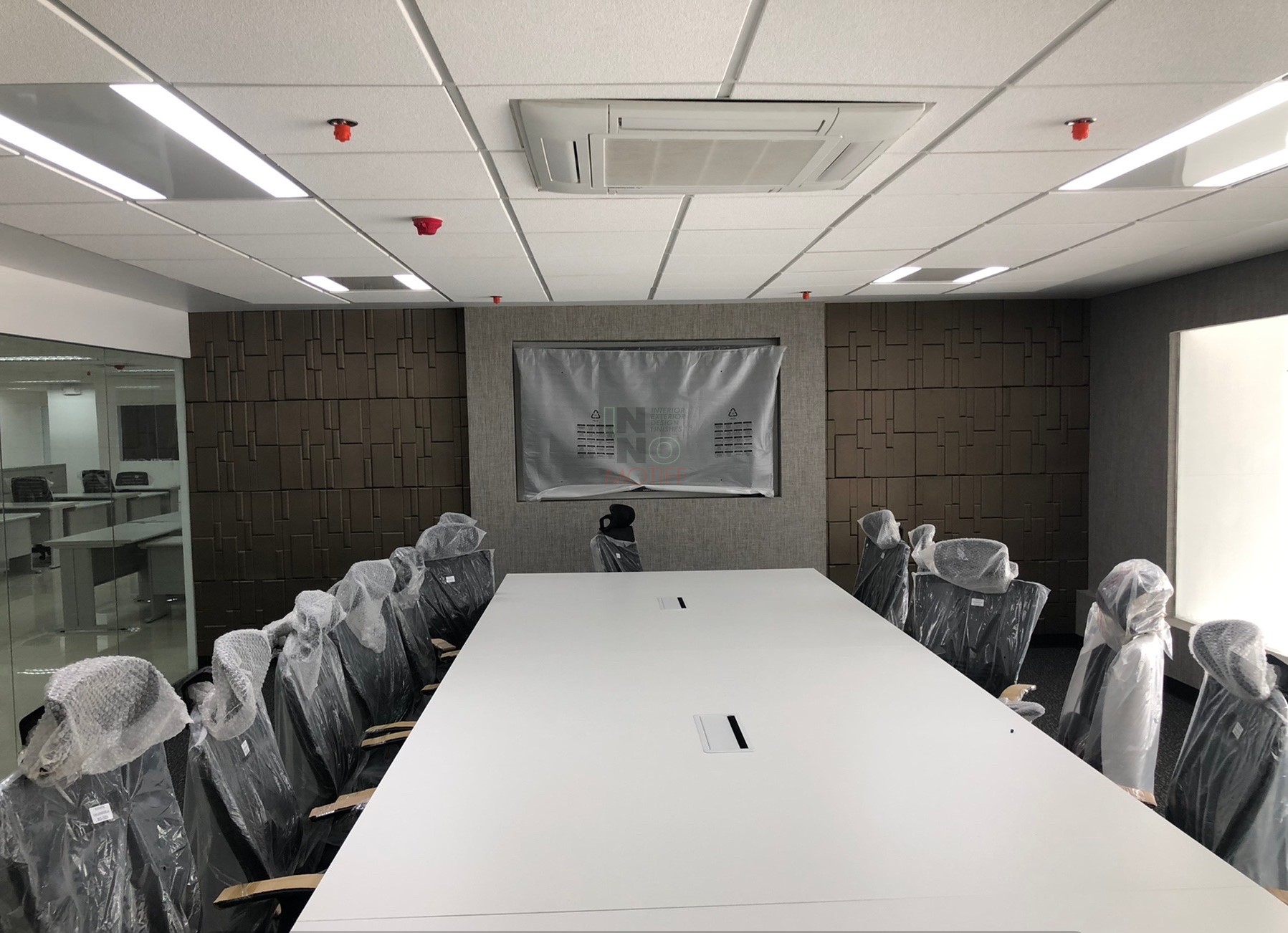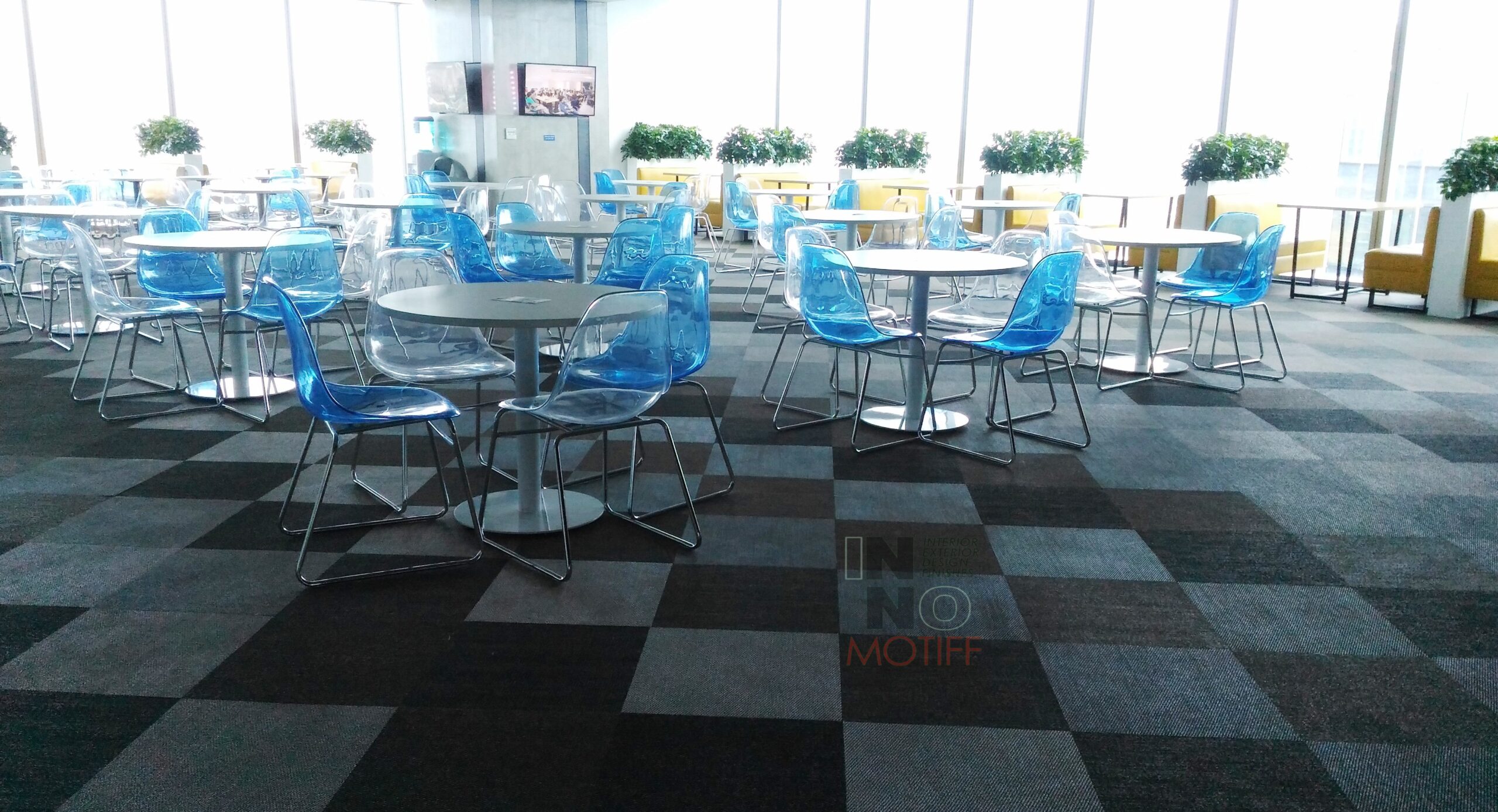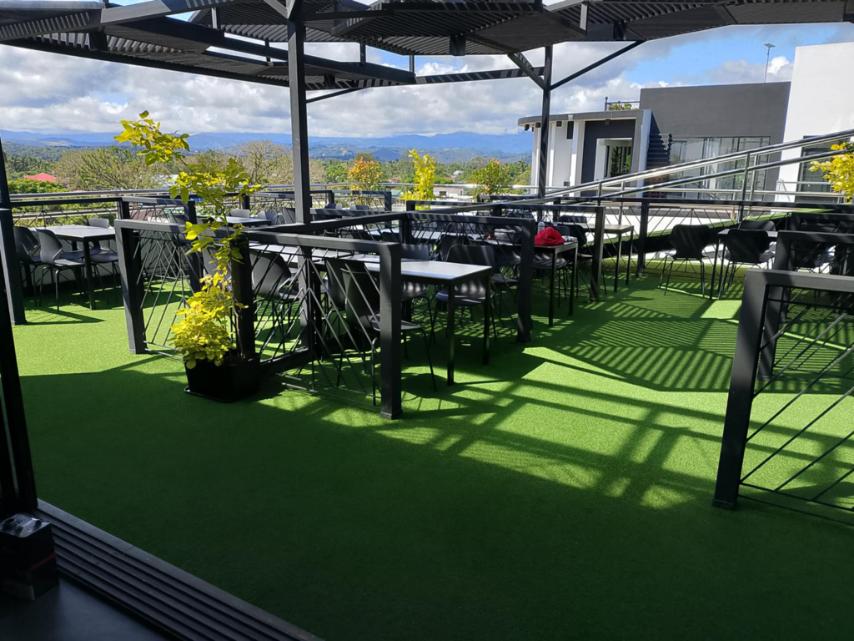Tangram 3D wall panels have emerged as a popular interior design solution for those looking to add depth, sophistication, and modern style to their spaces. These panels combine geometric artistry with innovative materials, offering a creative alternative to flat walls and traditional coverings. Whether used in homes, offices, or commercial interiors, Tangram 3D wall panels are becoming the go-to feature for enhancing visual appeal and function. For anyone considering incorporating this design element, it’s important to weigh both the benefits and potential drawbacks. And when you’re ready to invest in a top-quality installation, Inno+Motiff Constructionn Design Solution stands out as the best company to bring your Tangram 3D wall panel vision to life.
What Makes Tangram 3D Wall Panels Unique?
Tangram 3D wall panels are not just decorative — they’re functional, customizable, and adaptable to a wide range of settings. Inspired by the traditional tangram puzzle, these panels are designed to fit together in creative ways, forming visually engaging patterns that go beyond standard two-dimensional wall solutions. Made from materials like medium-density fiberboard (MDF), PVC, and plant-based compounds, Tangram 3D wall panels are available in various textures, colors, and finishes. Their modular nature allows for design flexibility, making them a top choice for interior designers and architects alike. Whether aiming for a minimalist look or a bold geometric statement, these panels can be tailored to suit any theme. When installed by professionals like those at Inno+Motiff Constructionn Design Solution, the results can be transformative.
Advantages of Tangram 3D Wall Panels
Visually Striking and Modern Aesthetic
One of the most compelling reasons to choose Tangram 3D wall panels is their ability to create an eye-catching focal point. The layered textures and dynamic designs add a sense of movement and sophistication to otherwise flat and lifeless walls. This modern aesthetic can instantly elevate residential living rooms, office lobbies, restaurants, and hotel interiors.
Easy to Install and Replace
Tangram 3D wall panels are engineered for ease of installation. Their lightweight and modular nature means they can be set up with minimal disruption. Homeowners can even choose DIY installation for simpler layouts, while more complex designs can be executed flawlessly by experts from Inno+Motiff Constructionn Design Solution. Damaged or worn-out panels can be replaced individually, making maintenance easier.
Enhances Acoustics and Insulation
In addition to their visual appeal, Tangram 3D wall panels provide a layer of acoustic insulation, helping to reduce sound transmission in busy environments. This makes them a valuable choice for office meeting rooms, media spaces, or commercial interiors where noise reduction is a plus. Some panels also offer minor thermal insulation benefits, adding to energy efficiency.
Eco-Friendly Options Available
Sustainability is becoming a key factor in design decisions. Many Tangram 3D wall panels are produced using eco-friendly materials such as recycled fibers or biodegradable compounds. This makes them a responsible choice for environmentally conscious consumers. Inno+Motiff Constructionn Design Solution offers a variety of sustainable panel options that align with green building goals.
Versatility in Applications
From minimalist Scandinavian homes to vibrant commercial interiors, Tangram 3D wall panels suit a wide range of environments. Their adaptability means they can be used on walls, ceilings, and even furniture surfaces. With various sizes, colors, and finishes, the creative possibilities are virtually endless — especially when guided by the expert design team at Inno+Motiff Constructionn Design Solution.
Disadvantages of Tangram 3D Wall Panels
Higher Cost Compared to Traditional Wall Coverings
Tangram 3D wall panels can be more expensive than conventional paint or wallpaper. The materials, design complexity, and installation may contribute to higher initial costs. However, when professionally installed by Inno+Motiff Constructionn Design Solution, the long-term value often justifies the investment.
Maintenance and Cleaning Can Be Challenging
Due to their textured surfaces, Tangram 3D wall panels may require more effort to clean. Dust can settle in grooves and recesses, especially in high-traffic areas. Regular dusting or vacuuming may be needed to maintain their crisp appearance.
May Not Suit All Interior Styles
While highly versatile, Tangram 3D wall panels may clash with certain traditional or minimalist interiors if not carefully chosen. Overuse in small spaces can make the room feel crowded. A professional consultation with Inno+Motiff Constructionn Design Solution can help determine the best approach for your space.
Limited Availability and Custom Orders May Take Time
Depending on the material and design, some Tangram 3D wall panels may not be readily available. Custom orders may involve production lead times. However, working with an experienced supplier like Inno+Motiff Constructionn Design Solution ensures smooth coordination and timely delivery.
Installation Might Require a Professional for Complex Designs
While some designs are DIY-friendly, intricate or large-scale installations demand professional attention to ensure perfect alignment and secure fitting. The design and installation specialists at Inno+Motiff Constructionn Design Solution ensure seamless integration, avoiding common pitfalls.
Tangram 3D Wall Panels vs Other Wall Treatment Options
Compared to paint or wallpaper, Tangram 3D wall panels offer a more tactile and engaging surface. Unlike tiles, they are typically lighter and more customizable in terms of pattern and finish. While paint is inexpensive and easy to apply, it lacks the texture and design depth that Tangram panels provide. For those seeking high-impact aesthetics with functional benefits, Tangram 3D wall panels strike a perfect balance — especially when sourced and installed by Inno+Motiff Constructionn Design Solution.
Who Should Consider Using Tangram 3D Wall Panels?
These panels are ideal for property owners who want a unique visual experience that also adds value to the space. Creative professionals, designers, and modern homeowners often choose Tangram 3D wall panels for their ability to transform blank walls into works of art. They’re particularly useful in accent walls, reception areas, lounges, and hospitality settings. With guidance from Inno+Motiff Constructionn Design Solution, you can explore the best layout and design to meet your goals.
Are Tangram 3D Wall Panels Right for You?
Tangram 3D wall panels offer an innovative way to reimagine interior walls. With their aesthetic charm, practical advantages, and versatility, they’re a powerful tool for anyone seeking a modern upgrade. While they come with certain considerations — like cost and maintenance — their benefits often outweigh the drawbacks. When installed by the experienced team at Inno+Motiff Constructionn Design Solution, you can rest assured that your investment will deliver lasting style and function.
Frequently Asked Questions (FAQs)
Are Tangram 3D wall panels durable?
Yes, they are designed to be durable and long-lasting, especially when installed by professionals such as Inno+Motiff Constructionn Design Solution.
Can I paint or customize Tangram 3D wall panels later?
Many panels can be repainted or refinished, depending on the material. It’s best to consult with your supplier before doing so.
Are Tangram 3D wall panels waterproof?
Some panels are water-resistant, especially those made of PVC or treated materials. These are suitable for kitchens and bathrooms.
How much do Tangram 3D wall panels cost?
Costs vary based on material, design, and installation requirements. Contact Inno+Motiff Constructionn Design Solution for accurate quotations.
Can I install Tangram 3D wall panels by myself?
Simple designs may be suitable for DIY, but complex layouts benefit from professional installation. Inno+Motiff Constructionn Design Solution ensures a seamless finish.
















